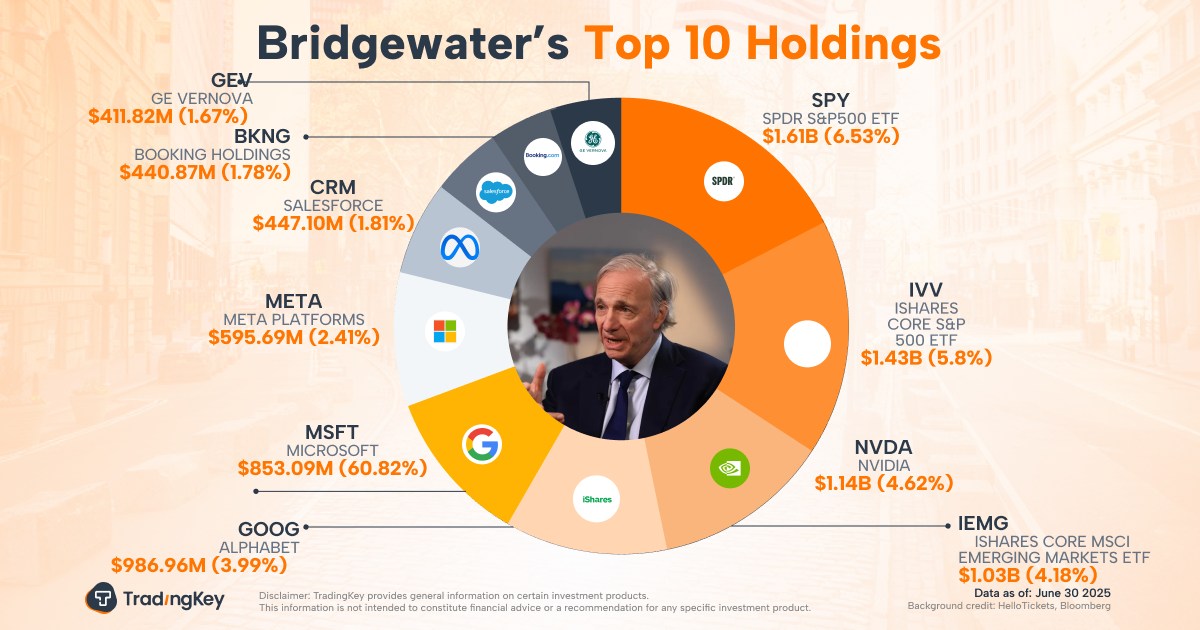EU and US struggle to finalize a trade deal over digital rules

The EU is working to prevent the US from challenging its landmark digital rules as the two sides negotiate the final details of a delayed joint statement formalizing the trade deal agreed last month.
EU officials said disagreements over wording related to “non-tariff barriers”—which the US has previously linked to the bloc’s ambitious digital regulations—are a major reason for the hold-up. The statement was originally expected days after European Commission President Ursula von der Leyen and US President Donald Trump announced a tariff agreement on July 27 in Scotland.
Two EU officials noted that the US wants to leave room for possible concessions on the Digital Services Act, which requires Big Tech companies to police their platforms more rigorously. The Commission has made clear that relaxing these rules is a red line. A US official, however, said: “We continue to address digital trade barriers in conversations with our trading partners, and the EU agreed to address these barriers when our initial agreement was struck.”
Tariff reductions and export timeline schedules remain uncertain
The Commission had also anticipated that Trump would sign an executive order reducing tariffs on EU car exports from 27.5% to 15% by August 15. A US official suggested this would not happen until the joint statement is finalized. “Actions that adjust any tariff rate, such as Section 232 tariffs [which apply to cars], will follow the finalization of joint statements with trading partners with whom we have reached agreements,” the official said.
Weeks later, drafts of the statement were still circulating between Brussels and Washington, and no order had been issued for cars—a key export for Germany. By contrast, the US published the “general terms” of its economic deal with the UK the same day it was agreed in May, though it took several weeks to implement certain provisions, including steel exports.
Under the EU-US deal, lauded by the Commission as one of Trump’s best signings since launching his trade war, tariffs will be capped at 15% for most EU goods brought into America. Exemptions have been granted for some exports, such as aircraft parts, drugs, and critical minerals.
Alternatively, many analysts and politicians from across the EU warn that the deal is not good. They say it compels the bloc to take higher tariffs, along with spending hundreds of billions on US energy imports and investments in America.
Timing and market access remain key points of contention
Disagreements over timing continue to stall progress. The Trump administration has sought clarity on when American food products—including fish, ketchup, biscuits, cocoa, and soybean oil—would gain improved market access, and when the EU would reduce tariffs on US industrial goods.
Brussels says precise timelines are impossible because legal changes have not yet been finalized to simplify procedures for US importers. “We made political commitments, which we intend to honor, provided they [the US] do the same first—in that sequence,” one EU official said.
A US official said: “As with the UK, the Trump administration and the EU agreed to a framework for a comprehensive deal. Both parties were clear when the agreement was reached that many details would be worked out later. The administration is working closely with EU officials to finalize those details as quickly as possible to expand market access for American exports.”
Brussels has, for now, dropped efforts to secure tariff exemptions for wine and spirits, heavily lobbied for by France and Italy. On Thursday, Commission spokesperson Olof Gill confirmed the statement had been returned to the EU for review.
Brussels and Washington are passing drafts back and forth, but no final text to break the deadlock is in sight. While negotiators work to finalize the joint statement, what is still unclear now are whether there will be cuts in tariffs, enforcement of new rules on digital trade or agreement over aspects of market access — leaving EU exporters, US businesses and global markets facing a waiting game to see if the deal brings any more real certainty or heads deeper into delay.
KEY Difference Wire: the secret tool crypto projects use to get guaranteed media coverage





